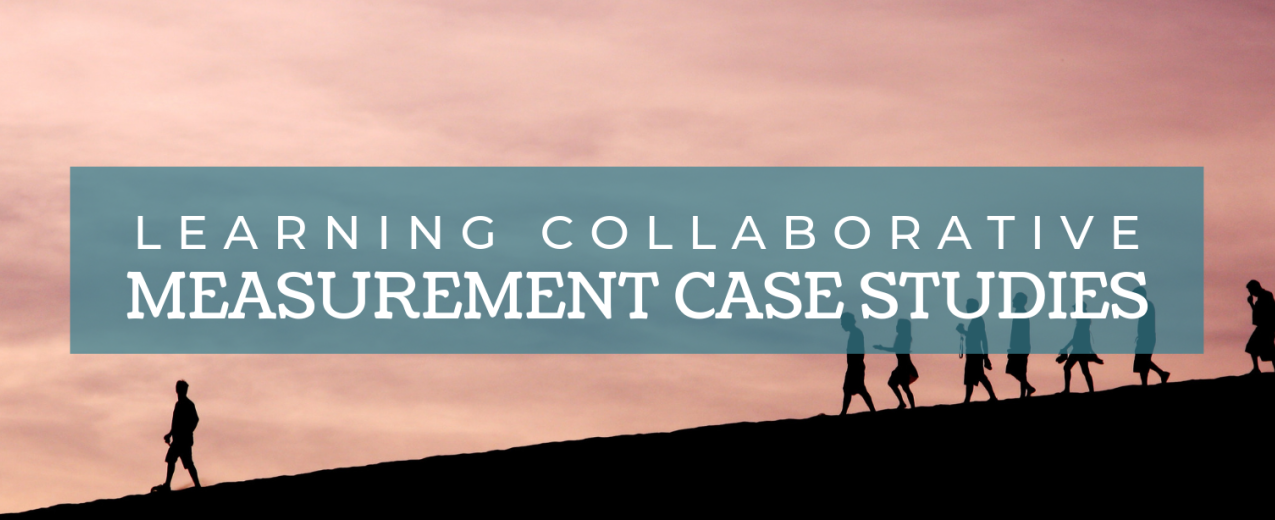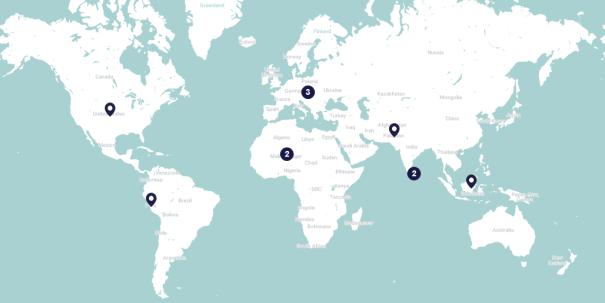
- Project summary
- 31 October 2019
Organizations involved
The Institute for Reproductive Health at Georgetown University
Summary
CHOICES (2007-2012) prioritizes VYA as a key target group among which to lay the foundation for healthy and safe sexual and reproductive health by utilizing awareness-based methods within a broad range of service delivery programs using systems-oriented scaling up approaches in the Siraha District of Nepal. The Choices curriculum contains eight age and developmentally transformative activities for VYA boys and girls (10-14 years old) to help them discover alternative views to traditional gender roles and behaviors.
Social norms of interest
Gender inequity
Behaviors of interest
Delayed early marriage, VYA’s attitudes on division of household labor, girl’s education
Project components
The intervention used child clubs and stimulated reflective discussions between boys and girls using a relational perspective on developmentally appropriate topics that address gender inequity and power; such as ; how gender equity is actionable; how boys can be respected if they treat girls as equals; how social norms restrict boys from treating girls as equals; how boys and girls can express emotions and realize their hopes and dreams; and understanding the roles of boys in empowering girls to achieve their dreams. Researchers assessed changes in measures of gender norms, attitudes, and behaviors from baseline to end line in all VDCs. Qualitative information was collected at end line only among a sub-sample of participants through IDI (including photo elicitation) and photovoice. FGD were held with parents to determine whether the children discussed gender topics at home or had incorporated any changes into their routines since participating in Choices.
Social norms measurement
Structured interviews (pile sorting, photo pile sort, vignettes), IDI (projective photo elicitation), photovoice, FGD (projective photo elicitation)
Key findings to date
CHOICES was effective in contributing to more gender equitable attitudes and behaviors among boys and girls. Most children recognize that gender inequity is normal in their society and feel that it is unfair and should be changed. Boys were making changes towards gender equity and girls and parents said that boys were doing this as well. More girls in the experimental area stated that their brothers and other boys in their communities were making small changes toward gender equality. Girls in the experimental group were more comfortable expressing their opinions than girls in the control group. Photovoice results show young people in the experimental group tended to take more images of gender equitable actions and behaviors, while more traditional gender roles were photographed by the control group.

Map of social norms-focused projects and measurement approaches
- Tags:
- Child marriage, Education, Normative change
- Countries / Regions:
- Nepal
- Data collection methods:
- Focus group, Participatory techniques, Interview, Vignettes